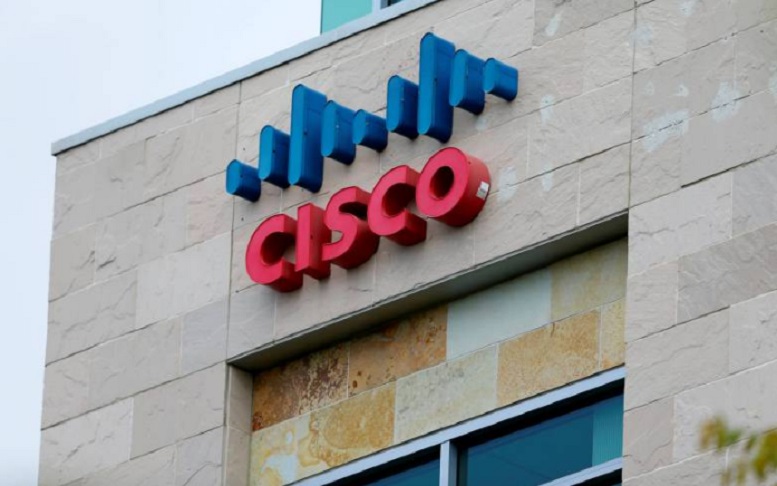It was a good year to be a Cisco (NASDAQ:$CSCO) shareholder. As of the end of the latest quarter, Cisco had returned $100.3 billion to shareholders in the form of repurchases since it introduced the buyback program.
In fiscal 4Q17, Cisco paid out $1.4 billion in dividends and spent $1.2 billion on stock repurchases. Therefore, Cisco’s capital return for the quarter was $2.6 billion. For the entirety of fiscal 2017, Cisco returned $9.2 billion to shareholders in dividends and stock repurchases. The company hence has $11.7 billion remaining under its existing repurchase authorization.
Taking a closer look at the numbers
- Cisco’s sales in 4Q17 plunged 4%, extending its top-line decline to 7 consecutive quarters
- Cisco continues looking at cost-cutting measures to improve shareholder value
- It is in the process of eliminating 1,100 jobs on top of 5,500 job cuts it announced a year ago
- As a result, the company’s operating expenses fell 7.0% in 4Q17
Going Forward
Cisco hopes to utilize savings from operating expenses to propel growth and create even more shareholder value. Specifically, Cisco has expanded into the security software and services sector. This sector will be the driving factor in increasing Cisco’s cash flow, which is its true indicator of growth value. Analysts speculate that the market will begin to recognize that the Cisco picture is rosier than it seems, driving the stock to outperform by more than 30% heading into 2018.
Others speculate that Cisco’s $16 billion software revenues will grow in the mid-teens on a compound annual free-cash-flow basis. Applying the bottom-up valuation model, Deutsche Bank estimates an enterprise value of $168 billion for Cisco, implying a price target of $40 for the stock.
Featured Image: twitter










